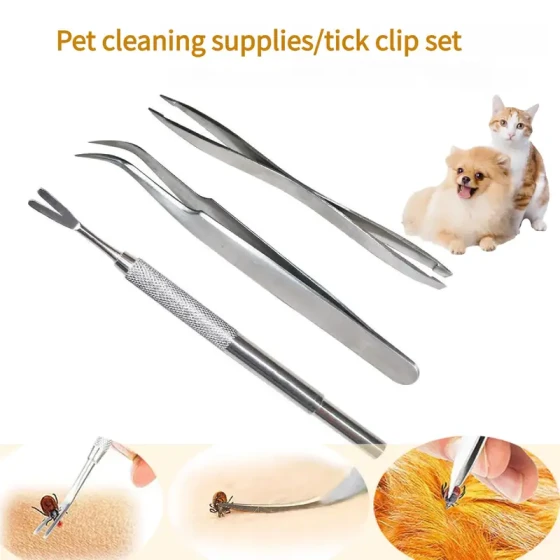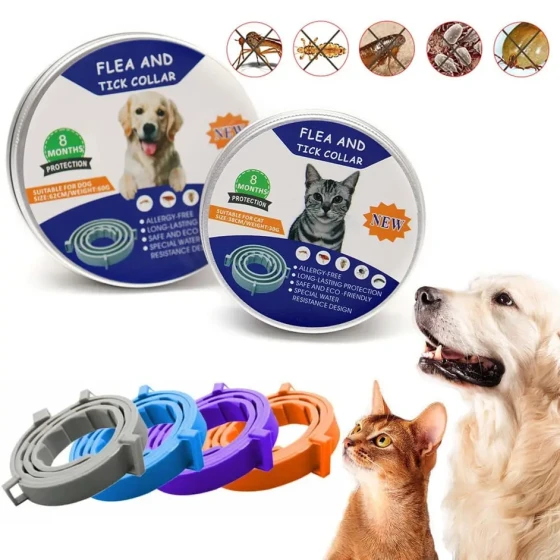Key Differences Between Puppy Food and Adult Dog Food
The common classification of dog food on the market nowadays is based on the dog's age group, but many new pet owners often cannot distinguish between puppy food and adult dog food. In fact, the formulas for puppy food and adult dog food are quite different. Here, the editor will introduce some common differences.

Puppy
To actually discover the differences between puppy dog food and adult dog food, you can purchase a professional bag of puppy food and a bag of adult dog food to compare. Consider aspects such as the texture, flavor, nutritional ratio, and softness/hardness of the food.
Generally speaking, puppies are in a critical period of growth and development and require more protein and energy. Therefore, the protein and energy contents indicated on the nutrition label are relatively higher. For adult dogs, their bodies are already mature, so the nutritional ratios tend to be more balanced. Purchase recommendation: Royal Canin Small Breed Puppy Milk Feed / Pregnant / Nursing Mother Dog / Weaning Puppy Milk Feed 1kg
In addition, puppy food is generally easier to digest and absorb than adult dog food. Simply put, if you soak both puppy and adult dog foods for comparison, you will find that puppy food softens more easily. This precisely meets the dietary needs of puppies. Young dogs have fragile bodies and weaker gastrointestinal functions, so eating more easily digestible dog food is better for their health. Purchase recommendation: BRIDGE Club All Breed Puppy Food Natural Healthy Dog Food 10kg
The editor suggests: when feeding puppies, it is best to follow the age guidelines on the dog food packaging. Different brands may have different age recommendations. Generally, it is best to follow the feeding suggestions on the package, and if you want to adjust, it is advisable to consult a professional veterinarian.





